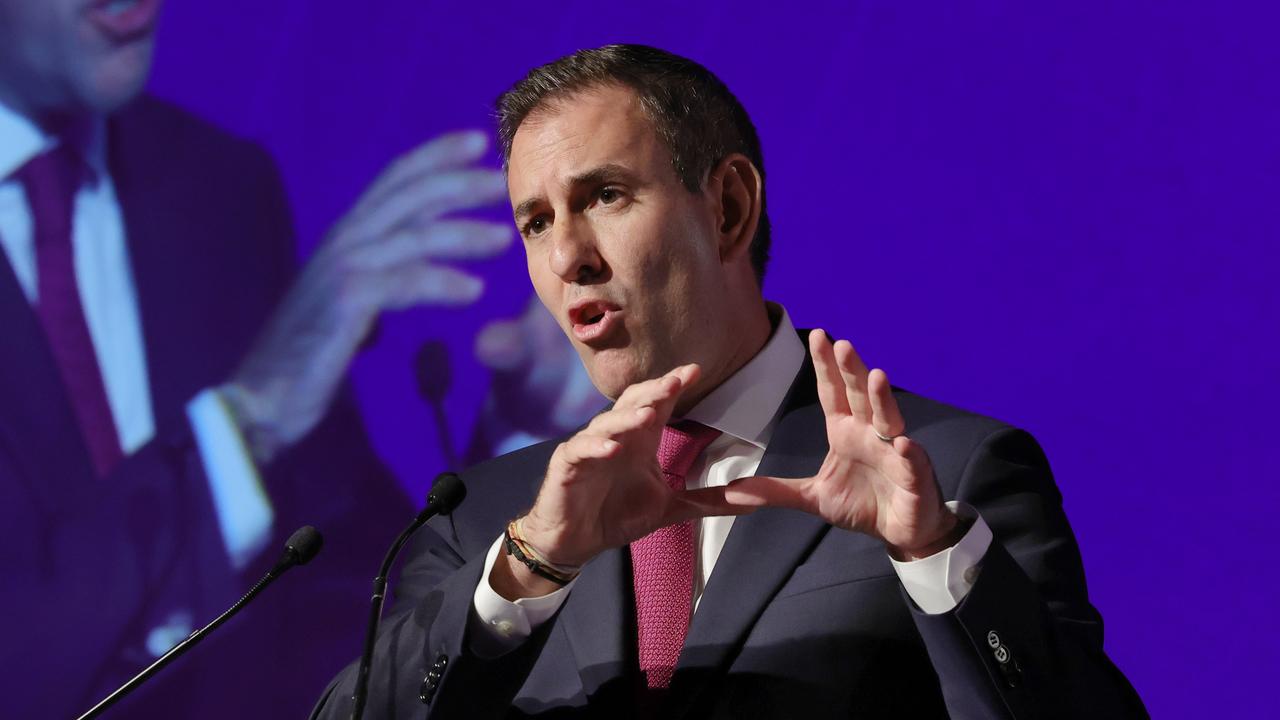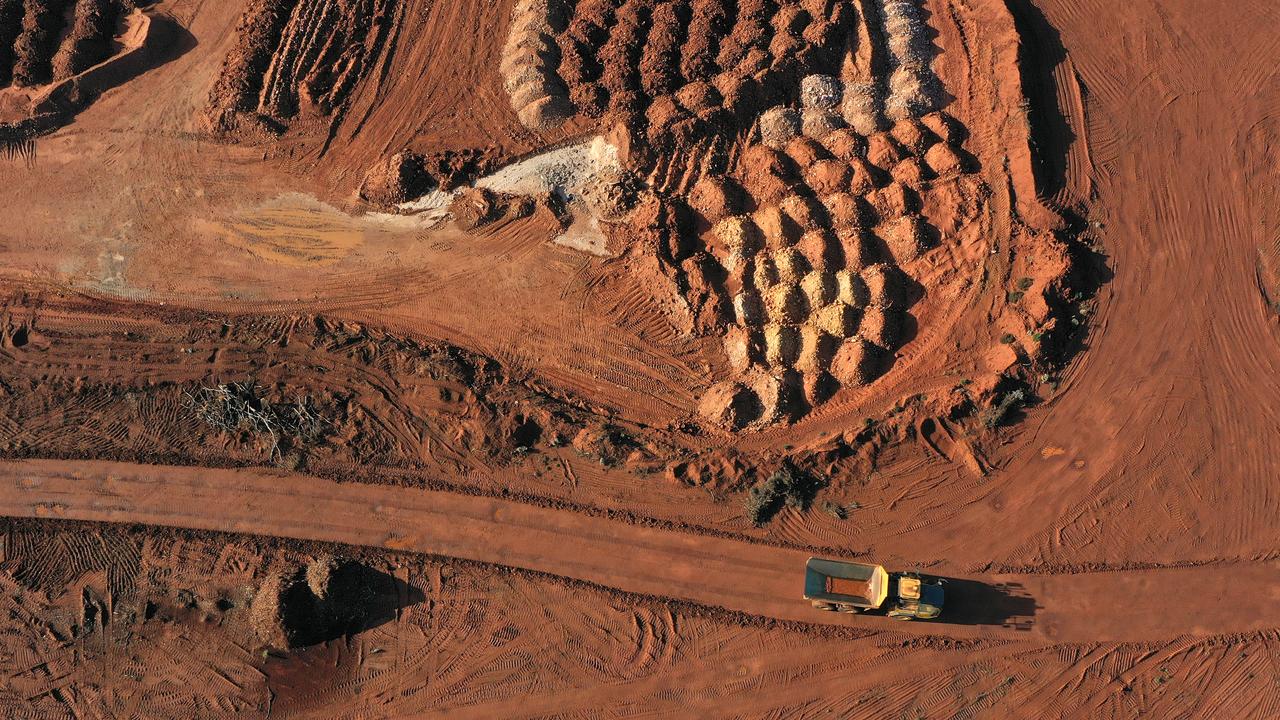Retail sales in surprise, sharp fall in August
The worst slump in local retail sales in seven years has thrown cold water over emerging optimism about a recovery.

The worst slump in Australian retail sales in seven years has damped emerging optimism about a recovery, highlighting how vulnerable the economy is to the toxic mix of record household debt, stagnant wages and surging utility costs.
Retail sales cratered 0.6 per cent in August, and 0.2 per cent in July, snapping signs of a recovery in spending through the second quarter, which economists now think was a brief respite as things settled after a cyclone hit Queensland in March.
Financial markets quickly responded to the data, which fell well short of an expected 0.3 per cent rise in August, by selling off the Australian dollar and pushing expectations of an interest-rate hike into late 2018.
The gloomy report reinforces the cautious mood at the Reserve Bank of Australia, which this week left its benchmark interest rates at a record low 1.5 per cent, lacing its commentary around the decision with warnings about the fragile consumer and debt.
RBA Governor Philip Lowe has recently pushed back on growing optimism, indicating the RBA will wait until the pulse of consumer spending is stronger, supported by rising wages growth, before joining the hawkish chorus of other central banks.
Australian households have also been subjected to massive increases in utility costs in the order of 10 per cent to 20 per cent in recent months, sending shockwaves through budgets.
Hardest-hit retail sectors in August were cafes and restaurants, suggesting strain is growing on discretionary spending. Household-goods retailing also experienced its second consecutive monthly retreat.
Daniel Blake, chief economist at Morgan Stanley, said the drag on the economy from household debt will mean the resource-rich nation won’t be a big participant in the economic upswing now evident in major economies.
“Australia will remain decoupled from the global recovery in 2018, with pressures on household income and balance sheets being underestimated,” he said.
“Leveraged households face cashflow pressure, and many are likely to cut spending and run down savings,” he adds.
Australia’s household savings rate has been falling, reaching its lowest levels since the global financial crisis in the second quarter.
In a recent report by the International Monetary Fund on financial stability, Australia was highlighted as a potential candidate for slower growth due to the debt burden on its consumers.
Australian house prices have climbed in the period since 2012, adding to the amount of debt levels, with investors local and abroad fanning the flames of the rise.
Debt accumulation in Australia continues to race at a pace of twice that of incomes growth, reaching a fresh record high in August, a fact not lost on the RBA.
Some optimism is being drawn from the fact that Australia’s job market has gathered clear momentum this year, helped along by the best business conditions in a decade.
That combination offers hopes that incomes will eventually rise, giving consumers scope to better deal with huge mortgage debt and supporting spending.
Still, the economic imbalance is likely to take some time to correct, and in the interim the economy will struggle to fire on at least one of its main engines, consumer spending.
For retailers, the mood is likely to remain bleak, with rising online sales and the arrival of US online retailer Amazon into Australia soon to test the resolve of bricks and mortar operations.
Dow Jones Newswires




To join the conversation, please log in. Don't have an account? Register
Join the conversation, you are commenting as Logout